How to Grow Herbs in a Pond or with Aquaponics
————————————
A Unique Approach to Gardening
Gardening is evolving, blending sustainability with innovation to offer exciting new methods of growing plants. For herb enthusiasts, the concept of cultivating these fragrant and flavorful plants in ponds or aquaponics systems provides a unique opportunity to combine beauty with practicality. These water-based gardening methods not only create lush, thriving ecosystems but also help reduce environmental impact.
Disclaimer
The information provided in this post is for educational and informational purposes only. While every effort has been made to ensure accuracy, readers are encouraged to conduct their own research and consult experts when implementing pond or aquaponics gardening methods.

Ideal Herbs for Pond-Based Gardening
——————-
Water-loving herbs for pond edges and floating setups
Certain herbs flourish in damp, aquatic environments, making them ideal for cultivation near ponds or on floating platforms. Mint varieties, such as spearmint and peppermint, are top contenders. Their roots can tolerate wet soil conditions and they grow robustly with minimal care. Additionally, watercress is a fantastic choice for a pond garden—it thrives in waterlogged environments and adds a peppery kick to your dishes.
Herbs that tolerate occasional moisture splashes
If you’re planting near the pond’s edge, chives and parsley can perform well. These herbs enjoy moisture-rich environments without being fully submerged. They provide fresh, aromatic greens that complement culinary creations. Consider adding lemongrass near pond areas—it’s adaptable to higher humidity and brings an exotic flair to your herb collection.
Herbs That Thrive in Aquaponics Systems
——————————
High-yield herbs perfect for aquaponic setups
Aquaponics combines fish farming with hydroponic gardening, creating a nutrient-rich environment for plants. Basil is a standout in aquaponics systems—it grows rapidly, requires no soil, and thrives in nutrient-rich water. Other excellent choices include oregano and dill, which flourish in the controlled conditions of aquaponics setups and offer versatile seasoning options.
Compact herbs for smaller aquaponic systems
Cilantro and thyme are great options for those working with compact or beginner aquaponics systems. These herbs grow steadily in water-based environments and require minimal maintenance. Their smaller size makes them ideal for small-scale systems without compromising on flavor.

Safety Considerations for Herb Gardening in Ponds and Aquaponics
While gardening with ponds and aquaponics systems is an innovative and sustainable approach, ensuring safety is crucial to protect both the ecosystem and the people involved. Here are some key safety aspects to keep in mind when cultivating herbs in these environments:
- Water Quality and Hygiene: Regularly test the water in both ponds and aquaponics systems to ensure it remains safe for plants, aquatic life, and potentially human consumption. Avoid introducing contaminants like chemicals, pesticides, or fertilizers that could harm the ecosystem.
- Fish Health and Ecosystem Balance: In aquaponics, fish play a vital role in creating a nutrient-rich environment for herbs. Monitor their health closely, ensure they are not overcrowded, and provide adequate filtration and oxygenation to maintain balance.
- Avoiding Toxic Materials: Use non-toxic, food-safe materials for planters, water containers, and any components that come into contact with plants or fish. This is especially important if you plan to consume the herbs grown in your system.
- Pond Safety Around Children and Pets: If you have a pond, ensure it is safe for children and pets. Consider installing barriers, fencing, or covering the pond with a protective mesh to prevent accidents.
- Preventing Mosquito Breeding: Stagnant water in ponds can become a breeding ground for mosquitoes. Introduce mosquito-eating fish, such as guppies or goldfish, or use water aerators to keep the water moving and deter mosquitoes.
- Food Safety for Edible Herbs: Wash herbs thoroughly before use, especially those grown in aquaponics, to eliminate any potential contaminants. Ensure that the fish species and feed you use in aquaponics are safe and approved for use in food production.
- Structural Integrity of Aquaponics Systems: For aquaponics setups, ensure that the system is stable and free of leaks. Securely fasten components, such as pipes and grow beds, to prevent accidents or water loss.
By following these safety guidelines, you can ensure a healthy, thriving ecosystem and enjoy the rewards of your sustainable herb gardening practices without any concerns. Safe gardening is happy gardening!
Expanded Perspectives
——————————————
Herbs That Support Pollinator Habitats
Planting herbs such as lavender and rosemary near ponds not only provides an aromatic addition to your garden but also supports pollinators like bees and butterflies. Aquaponics systems that feature flowering herbs can attract these beneficial creatures, enhancing biodiversity around your setup.
Best Floating Options for Ponds
Some herbs can be cultivated on rafts or floating platforms in ponds. Lemongrass and holy basil (Tulsi) are excellent choices for these setups. Their roots dangle into the water, drawing up nutrients while staying afloat. This innovative technique maximizes space and produces fresh yields.
Maintaining Nutrient Balance in Aquaponics
In aquaponics systems, herbs rely heavily on nutrient-rich water produced by fish waste. To ensure a balanced ecosystem, monitor ammonia and nitrate levels. Herbs like basil and water spinach are particularly efficient in absorbing excess nutrients, helping maintain water quality for the aquatic life.
Using Herbs as Natural Pest Repellents
Planting marigold and basil in aquaponics systems or near ponds can double as pest deterrents. Marigold repels nematodes, while basil’s aromatic leaves discourage flies and mosquitoes. These dual-purpose herbs keep your garden healthy while providing flavorful harvests.
Eco-Friendly Propagation Techniques
For both ponds and aquaponics setups, consider propagating herbs through cuttings to reduce waste. Mint, basil, and rosemary can be easily propagated in water. This eco-friendly approach not only saves resources but also ensures a steady supply of herbs for your garden.

Elevate Your Herb Garden
————————-
Building Microclimates for Pond Herbs
Creating microclimates by planting taller shrubs or installing shade sails can help protect delicate herbs around your pond. Herbs like cilantro and chervil thrive in cooler, shaded spots, so fostering diversity in sunlight exposure will optimize growth.
Herbs for Nutrient-Enriching Fish Waste
Certain herbs excel at utilizing nutrient-rich water from aquaponics systems. Lemon balm, sage, and parsley are efficient nitrogen absorbers, making them perfect companions for aquaponics setups with abundant fish waste.
Maximizing Space in Vertical Aquaponic Gardens
Vertical aquaponics gardens are a creative way to save space while growing herbs. Stacked planting shelves with options like thyme, oregano, and basil ensure optimal usage of limited areas. These compact designs are perfect for urban gardeners.
Pairing Herbs with Decorative Aquatic Plants
Combine herbs like mint or lemongrass with ornamental aquatic plants for aesthetic appeal. Water lilies or duckweed enhance the beauty of your pond or aquaponics setup while maintaining a cohesive aquatic ecosystem.
Companion Planting in Aquaponics Systems
Strategic companion planting can boost yields and deter pests in aquaponics. Basil planted near dill helps optimize flavor quality while repelling aphids. Likewise, pairing mint with parsley ensures both herbs grow strong and healthy.

The Differences Between Ponds and Aquaponics in Herb Gardening
———————-
Pond gardening
A natural, passive approach Pond-based herb gardening relies on the environment’s existing ecosystem. Herbs near ponds benefit from the moist, humidity-rich conditions and often grow on the edges or on floating platforms. This method is ideal for water-tolerant plants, such as mint and watercress, but requires no active nutrient management.
Aquaponics
A managed, dynamic system In aquaponics, gardeners create an interdependent system where fish produce nutrient-rich waste that feeds the herbs. This method is more controlled and requires active monitoring of water quality, pH levels, and nutrients. Aquaponics suits a wider variety of herbs, including basil and dill, and optimizes space and growth through efficient water use.
Both methods offer unique advantages, and choosing between them depends on your space, resources, and gardening goals. Pond gardening aligns with a natural aesthetic, while aquaponics suits those seeking precision and sustainable innovation.

Conclusion
—————-
A Fresh Way to Garden
Gardening with ponds or aquaponics opens up new possibilities for sustainability and innovation. From mint and watercress flourishing near ponds to basil and thyme thriving in aquaponics systems, these methods allow you to cultivate herbs in creative and eco-conscious ways. The synergy between aquatic life and plants fosters not just growth but also a deep connection to nature.
Join the Discussion
Herb gardening in ponds or aquaponics is as much about creativity and sustainability as it is about experimentation. Have you tried growing herbs using one of these unique methods? Which plants thrived, and what challenges did you encounter along the way?
#SustainableGardening #EcoFriendlyGardens #HerbGrowingTips #AquaponicsLife #PondGardening #GrowHerbs #HerbGardenGoals #WaterBasedGardening #GardeningInnovation #EcoGardening #AquaponicsHerbs #PondHerbs #SustainabilityInGardening #HerbLove #HerbInspiration #GardenEcosystem #WaterLovingHerbs #GreenGardening #GardenCreativity #GardeningCommunity #HerbHarvest #PollinatorFriendly #VerticalAquaponics #HerbPropagation #NutrientRichGardening #NaturalPestControl #AquaponicsSetup #GardeningGoals #FlourishWithHerbs #HerbJourney #GardeningPassion

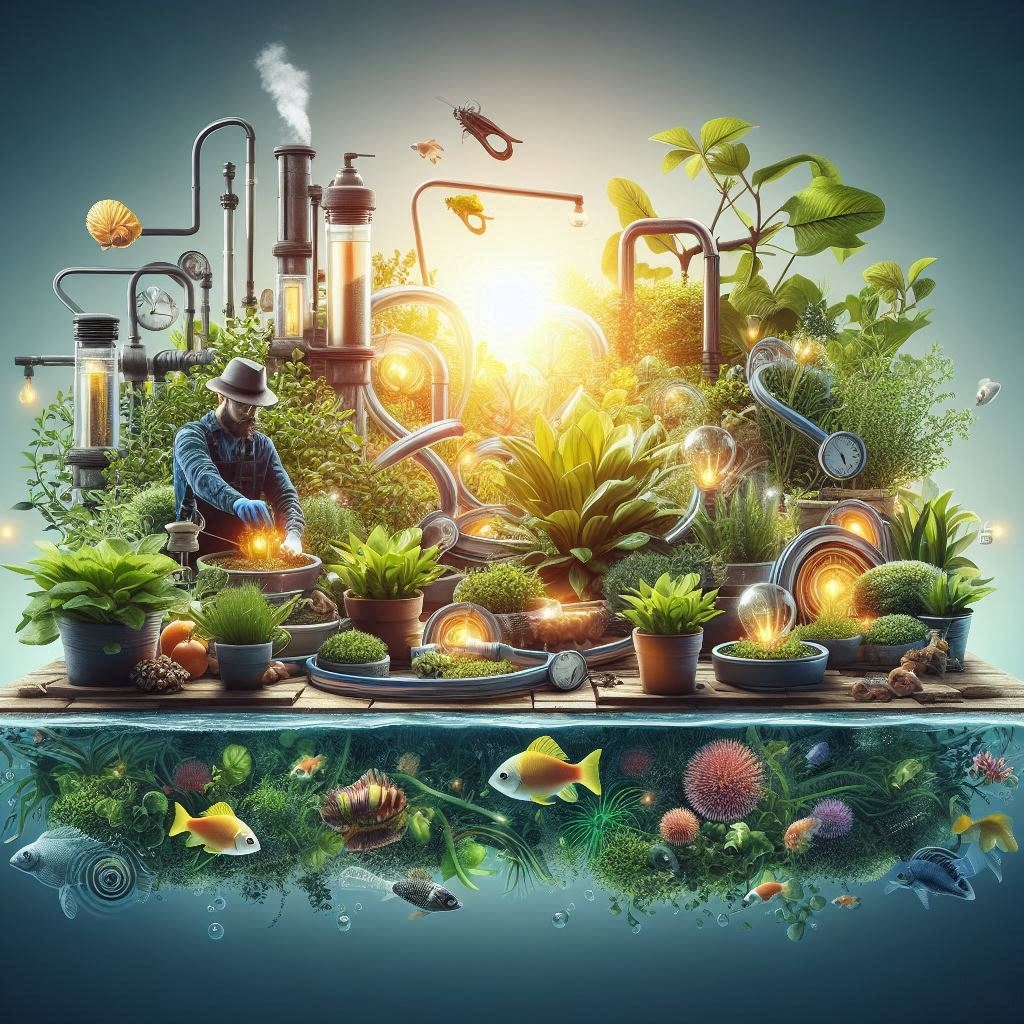



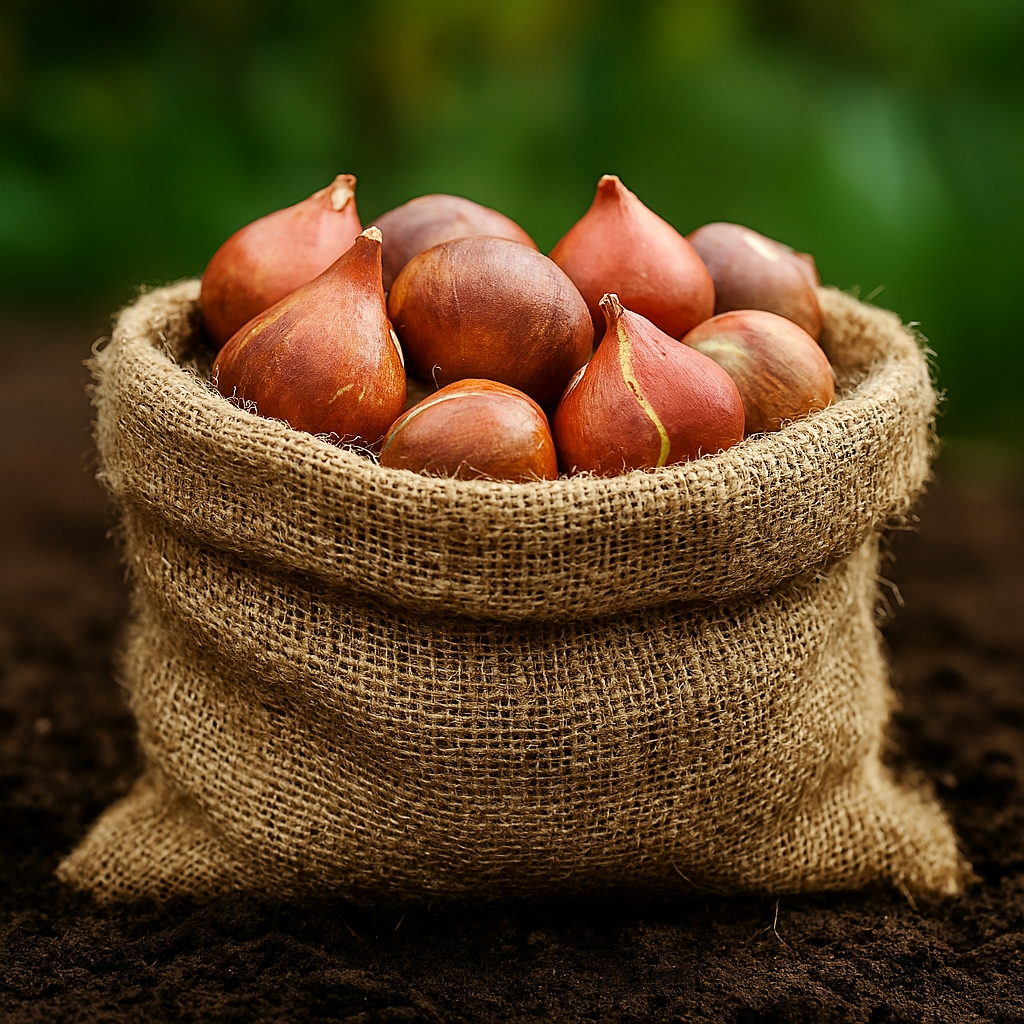
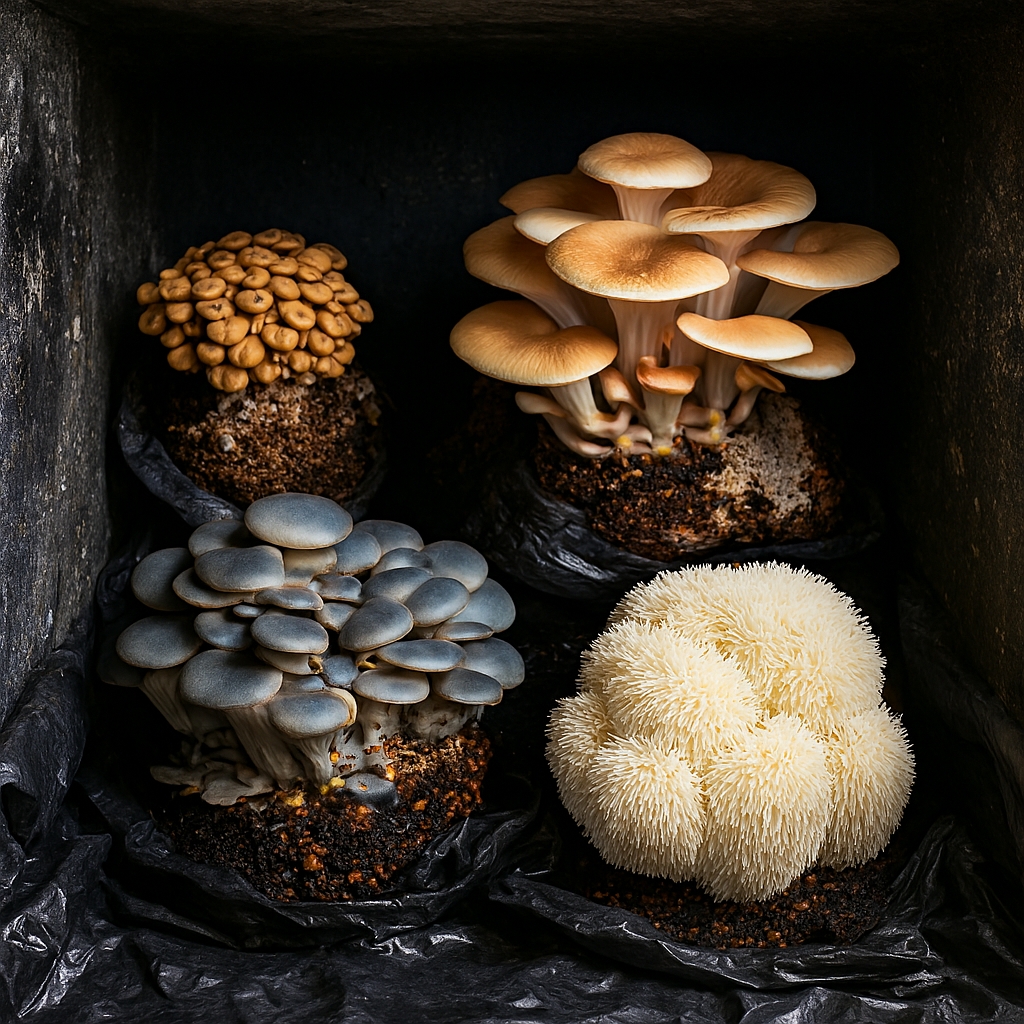


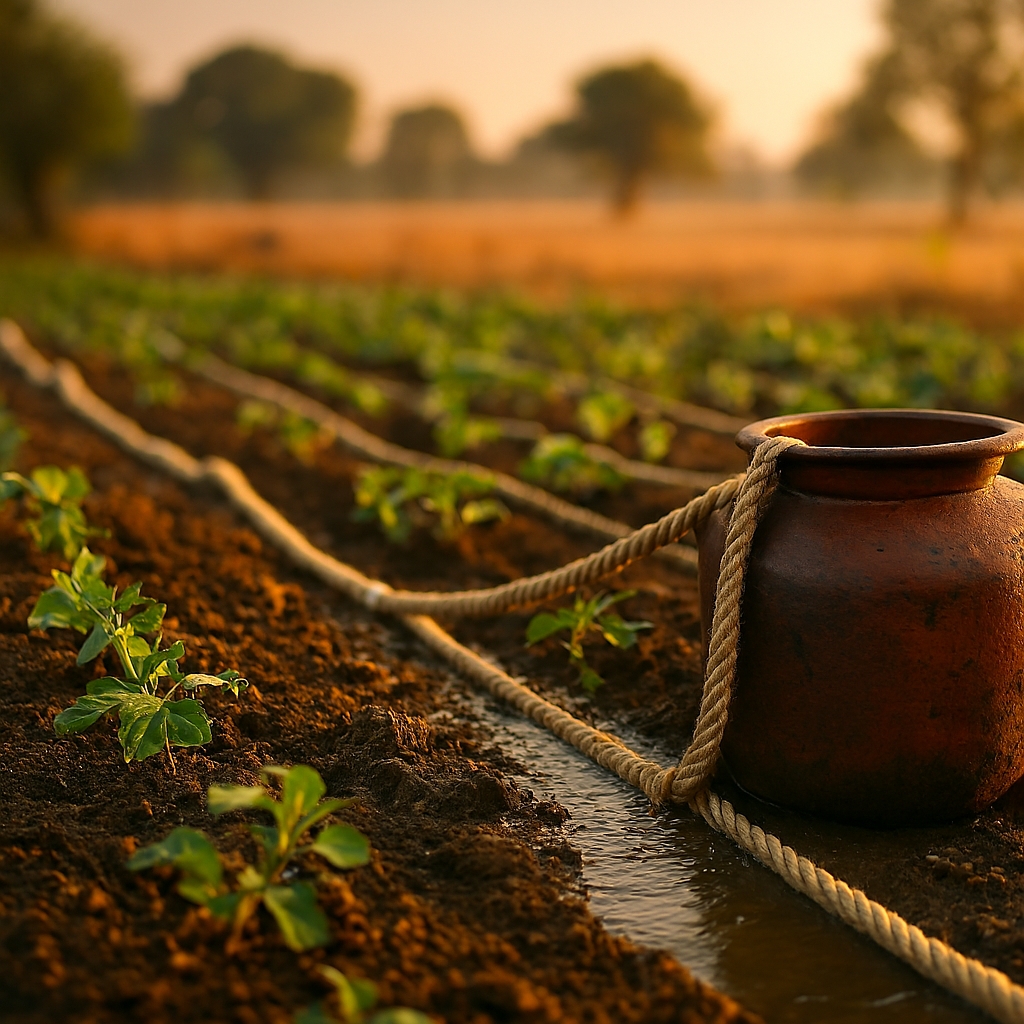
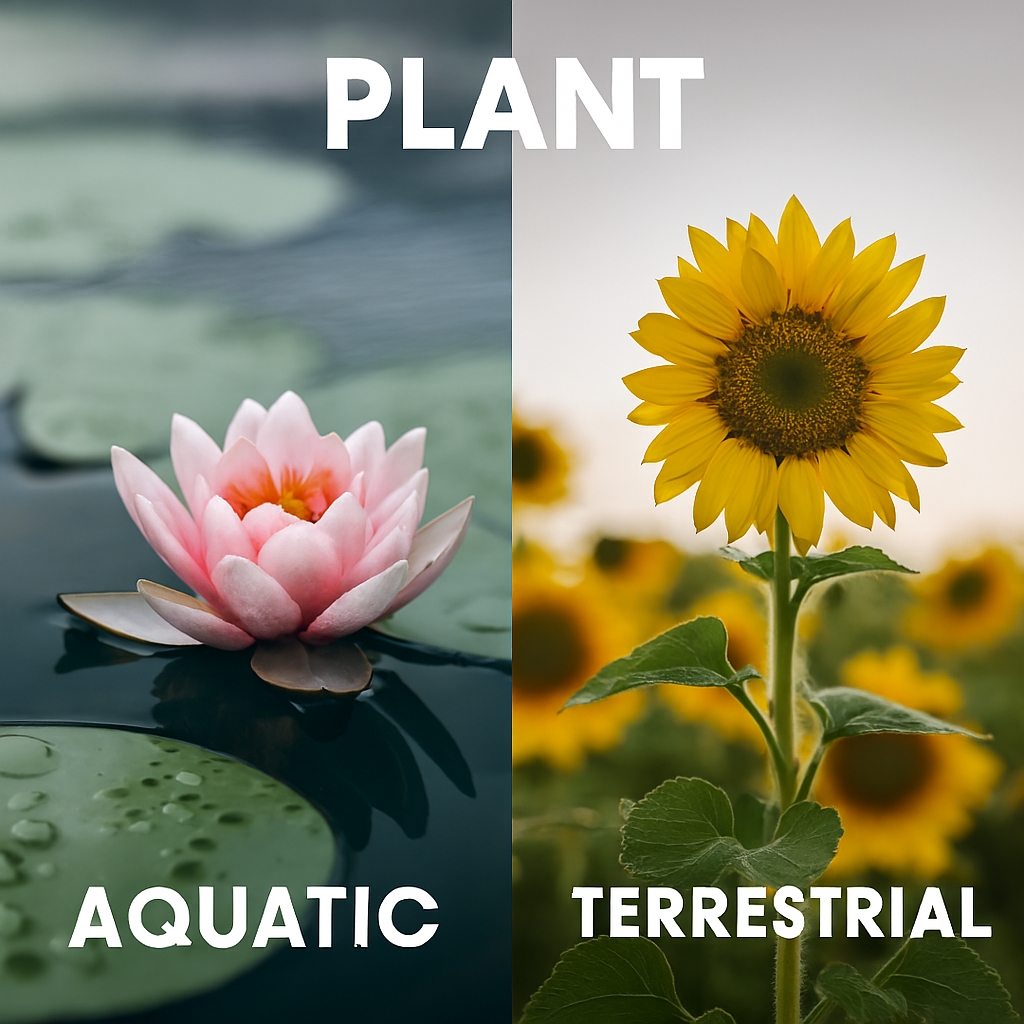


temporary email address generator
Your writing is a true testament to your expertise and dedication to your craft. I’m continually impressed by the depth of your knowledge and the clarity of your explanations. Keep up the phenomenal work!